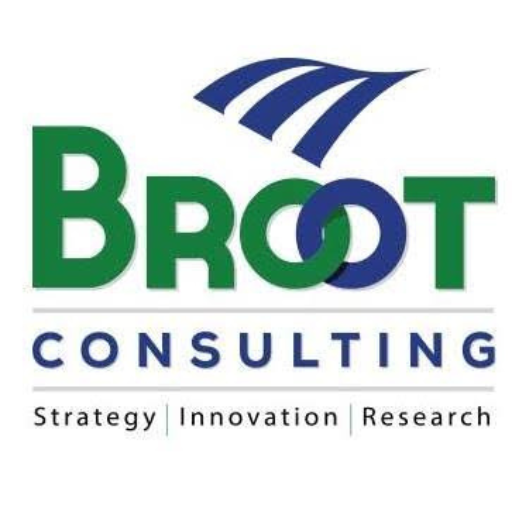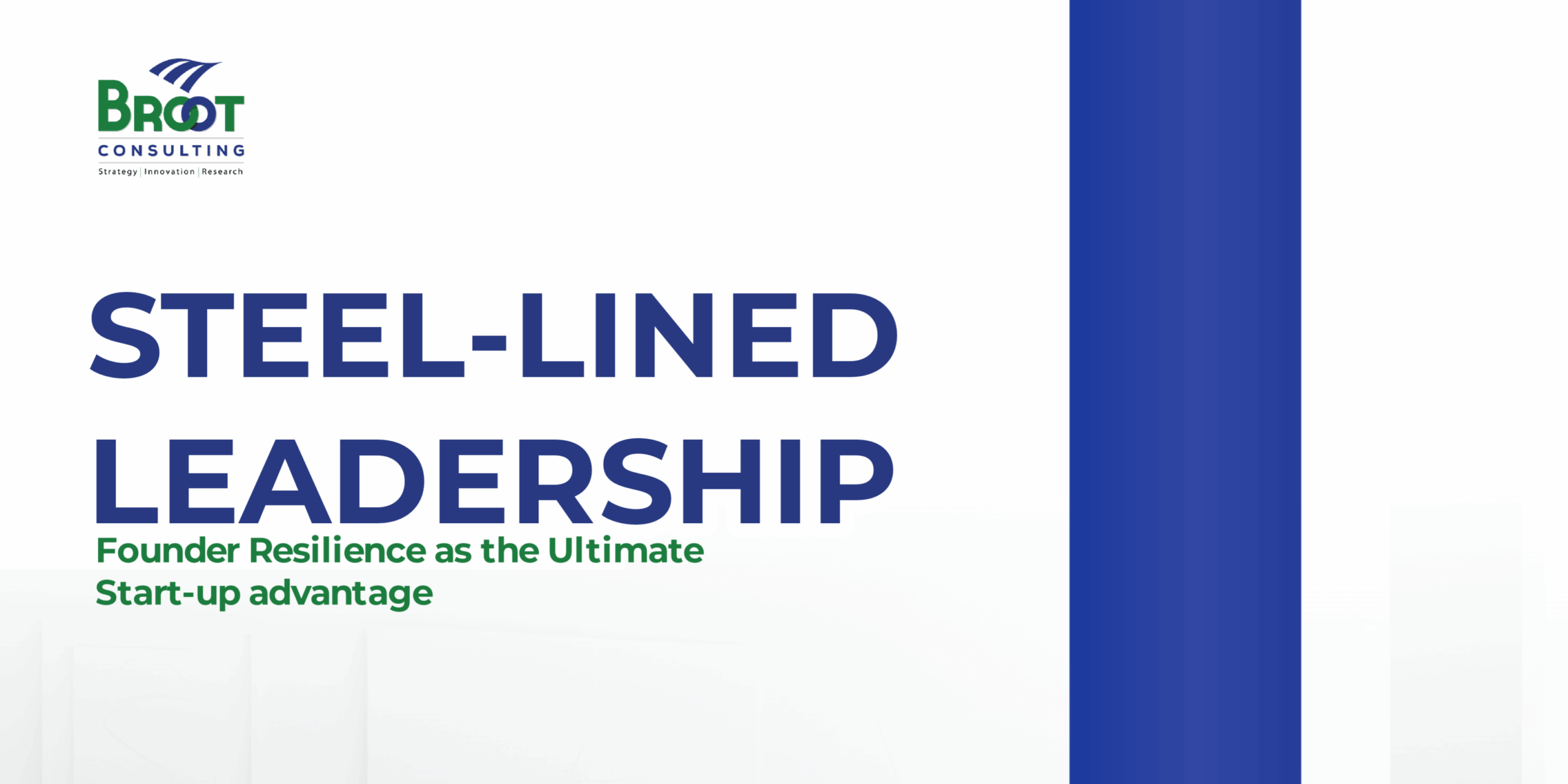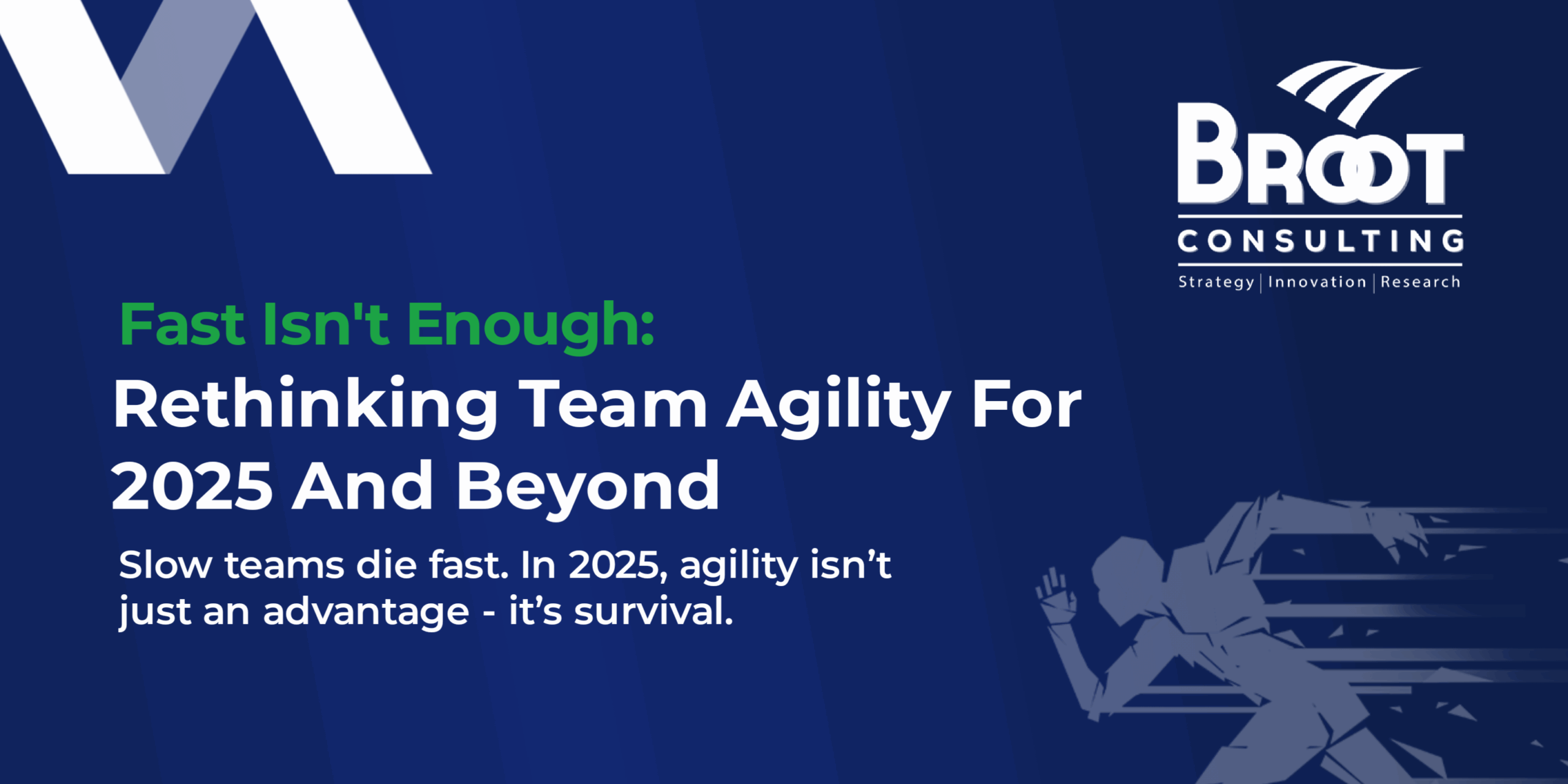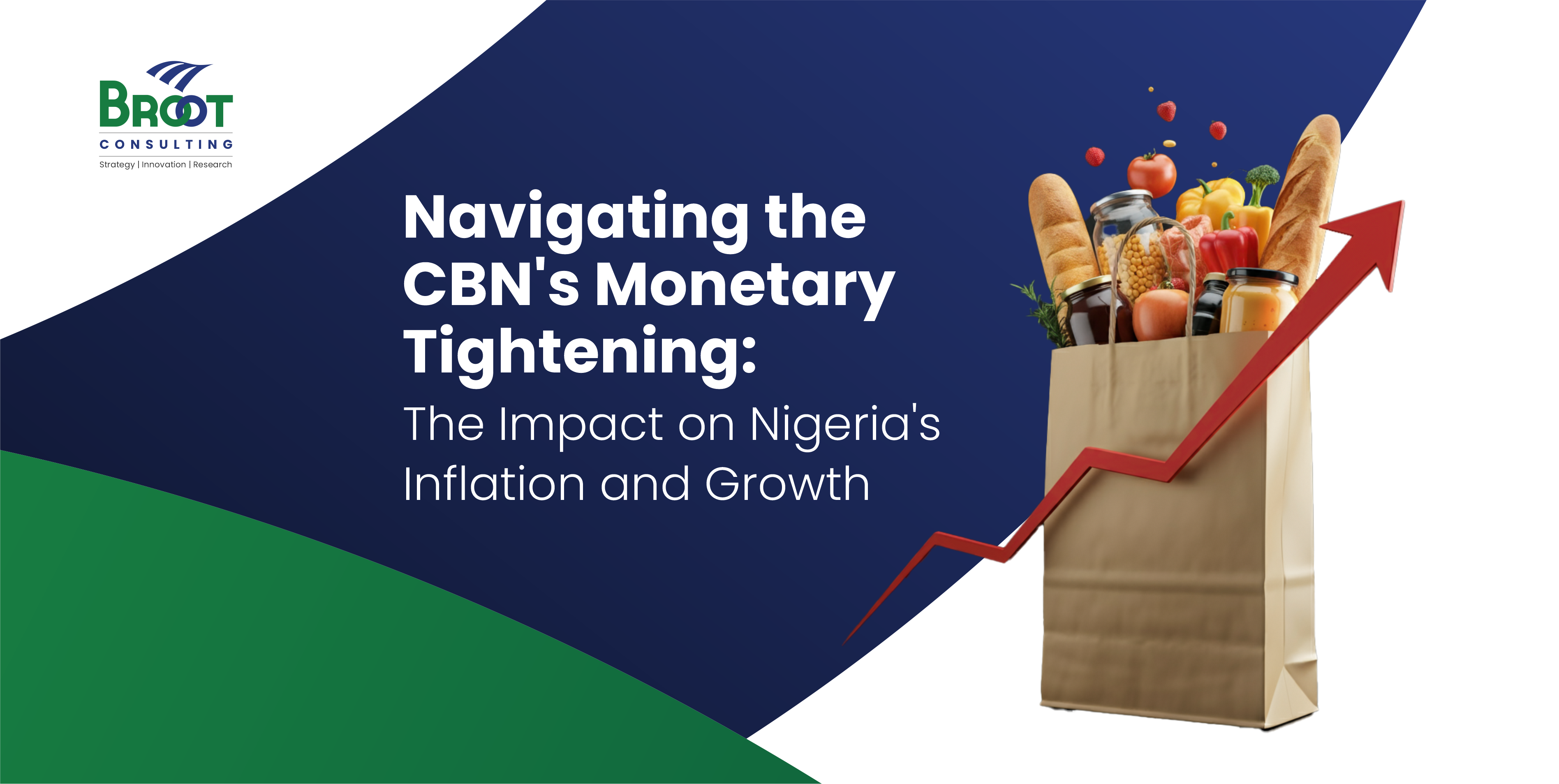There are different kinds of leaders, leaders who through power and influence lead people to freedom, revolution, conquer wars, achieve economic prosperity and earn respect from their followers. And there are leaders like Clayton Christensen, who truly but surely nurture change by teaching and showing how it can lead to radical transformation across different socio-economic divides.
As a brilliant thinker and innovator, Clayton Christensen coined the term “disruptive innovation”, the concept of Job to be done and the Innovator’s dilemma. Clayton Christensen passed away on the 23rd of January 2020, to celebrate an innovation guru, we compiled his most brilliant ideas and most interesting conversation in this short article.

–The Jobs to Be Done Theory
“Understanding the jobs to be done helps us make innovation predictable because the job exists and if we make the product better, we can predict that the customers will buy it” there is a job given a situation I’m in’ – Clayton Christensen
In his MBA course, Christensen shares a simple milkshake story that became the bedrock of understanding The Jobs to be Done Theory. In general, his theory is based on the idea that customers hire products to get a job done, they continue to use those products if it continues to satisfy their needs, and discontinue the patronage of the product if it doesn’t meet up. Innovation, he refutes begins when companies create experiences that do the job better than their competitors
–The Innovator’s Dilemma
“The innovator’s dilemma is the choice you have to make between making better profits on advanced products or making simple products for a new market” – Clayton Christensen


“why do great leaders fail to sustain successful organizations for a long period of time? This question leads to the leading question in his book “the innovator’s dilemma” Using large organizations as examples, Clayton Christensen explains how smaller companies usurp giant organizations, by starting small and perfecting good products for a wider market.
–Disruptive Innovation – When new technologies cause large companies to fail
“A disruptive innovation is not a breakthrough innovation that makes good products a lot better. It is an innovation that transforms a product that historically was very expensive so much more affordable and accessible that a much larger population have access to it” – Clay Christensen, Harvard Business review
“Disruption” describes a process whereby a smaller company with fewer resources is able to successfully challenge established incumbent businesses. Specifically, as incumbents focus on improving their products and services for their most demanding (and usually most profitable) customers, they exceed the needs of some segments and ignore the needs of others. Entrants that prove disruptive begin by successfully targeting those overlooked segments, gaining a foothold by delivering more-suitable functionality—frequently at a lower price. Incumbents, chasing higher profitability in more-demanding segments, tend not to respond vigorously. Entrants then move upmarket, delivering the performance that incumbents’ mainstream customers require, while preserving the advantages that drove their early success. When mainstream customers start adopting the entrants’ offerings in volume, disruption has occurred. Harvard Business Review
The theory of disruption was spelt out in the 1997 book “The Innovator’s dilemma”. Christensen, a Harvard Professor, wrote about how companies struggle to catch the next wave of innovation and go out of business
In his book, the innovator’s Dilemma, Clayton Christensen cautions leadership teams of successful companies that have the tendency to be taken off-guard in the face of disruptive innovation.
–The Prosperity Paradox – How Innovation can lift Nations out of Poverty
“We decided there has to be a process by which several nations in the world became prosperous. The theory of disruptive innovation can be applied to nations to make them prosper through market-creating innovation’’
In the BYU Strategy Professional conference in 2018, Clayton Christensen & Efosa Ojomo, discuss their latest co-written book called the prosperity paradox. The book highlights a prosperity-forward innovation called Market-Creating innovation, where larger populations of people in a country have access to products. Remarkable things happen when more people can afford good products, this leads to growth, job creation as there would be a need for people to produce and sell them.
There were also some interesting things people had to say about Professor Christensen principle of living and business practice. People who walked closely with him saw how he blended all of his life to fit in and encouraged his students to have a full fulfilling life
Till date, we use his concepts and principles in practice, in answering tough problems and deciding on the right solutions in business management, developing innovation and empathizing with people.
Have you put in practice any of Clayton Christensen’s principles, is there something profound that strikes you? Have you used any of these theories in your business or life? Kindly share with us and let us commiserate this great innovation guru together, who although passed away this year, forever live in the heart of innovators across the world.
i




